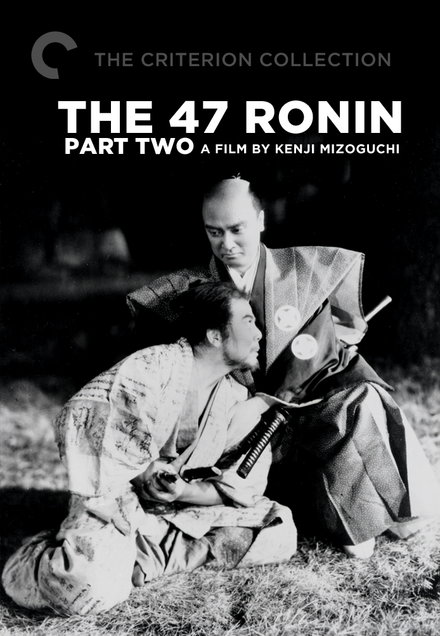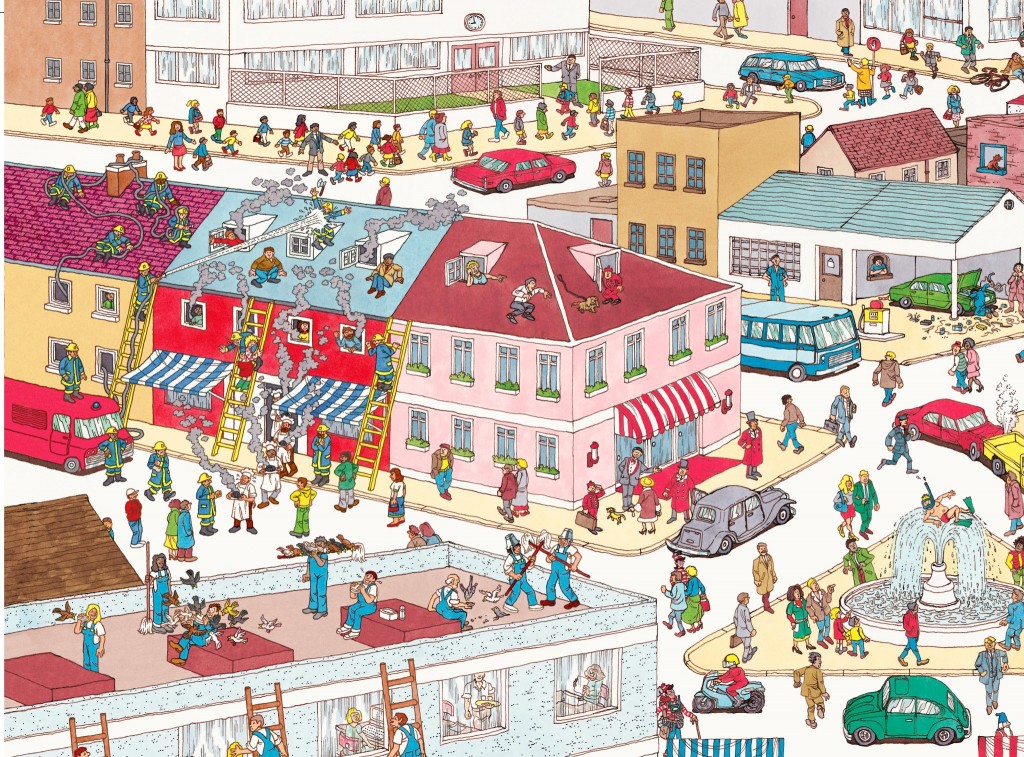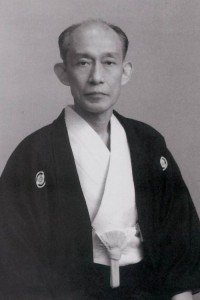I recently watched this video of two high level kendo practitioners (kendoka) who's match was filmed with a high speed camera. The high speed camera enabled the TV program to analyze their reaction times. I was completely blown by the speed of their reaction times. One of the kendoka named Susumu Takanabe is said to be the fastest at hitting the men or helmet with a forward strike was measured at 0.10 seconds. To put this into perspective, elite level fighters and baseball players are said to have an average reaction time of 0.30 seconds. How does one train for speed like that? Master the form first. Once the form is mastered, speed and power come second. Hopefully, most of the incorrect movements or nuances have been ironed out along the road to mastering the form. This enables the practitioner to be more economical with their movements and thus put power and speed into the right places in order to be successful.
https://www.youtube.com/watch?v=Q4SHWXQBVL4













